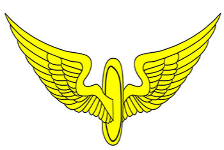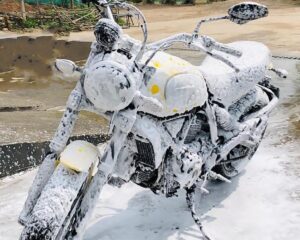Three Essential Checks for Every Savvy Used Motorcycle Buyer
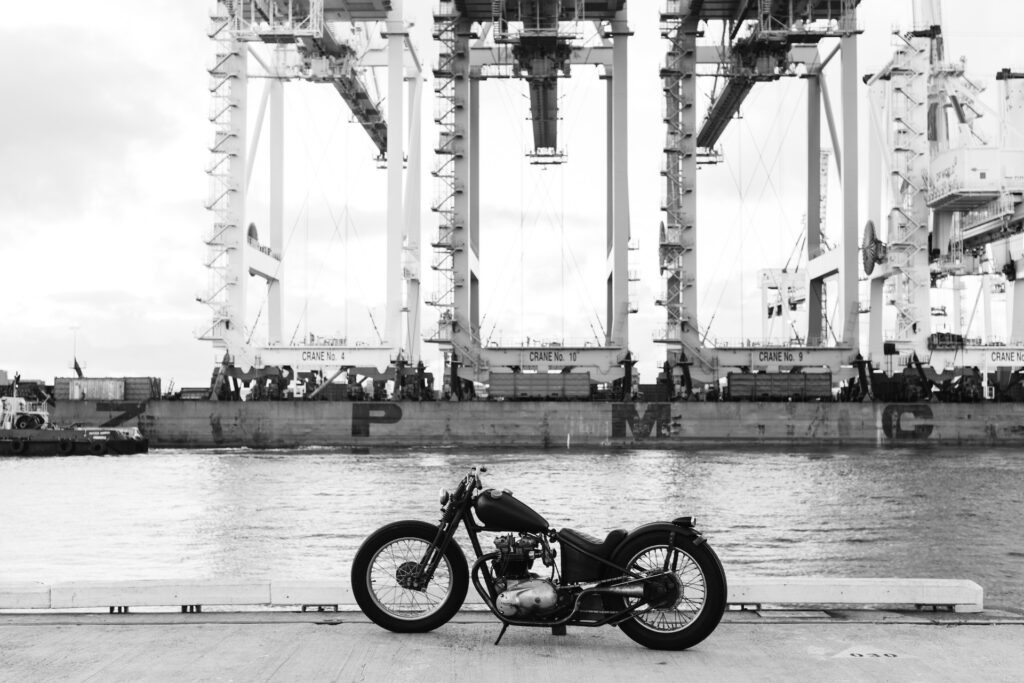
Shopping for your first used motorcycle or upgrading your current ride can be an exciting experience, but it can also be daunting if you are unsure what to watch out for.
We’re all fearful of buying a motorcycle that looks good but is mechanically unsound. It can be a frustrating and costly mistake. It’s important to remember that looks can be deceiving and that a motorcycle’s appearance does not necessarily indicate its condition.
Among the many things to consider when buying a used motorcycle, the following three are essential. These points should be at the top of your list, and if the motorbike you’re interested in doesn’t satisfy them, then it’s best to continue searching.
Documentation
You’ve agreed upon a date and time with the seller to view and test ride the motorbike. Before the visit, you should search the bike owner’s manual online. Make a copy, or take notes and cross-reference the recommended maintenance intervals with the seller’s documentation of oil changes, tune-ups, and other routine maintenance.
The information will help you verify whether the bike has been regularly serviced and whether any major repairs have been done. It may be a red flag if the seller cannot provide maintenance records.
Ensure that the seller has a clear title to the motorcycle and that there are no liens or outstanding loans on the bike. Check both frame and engine VIN numbers to make sure it matches the title, and ask to see the seller’s driver’s license to confirm their identity.
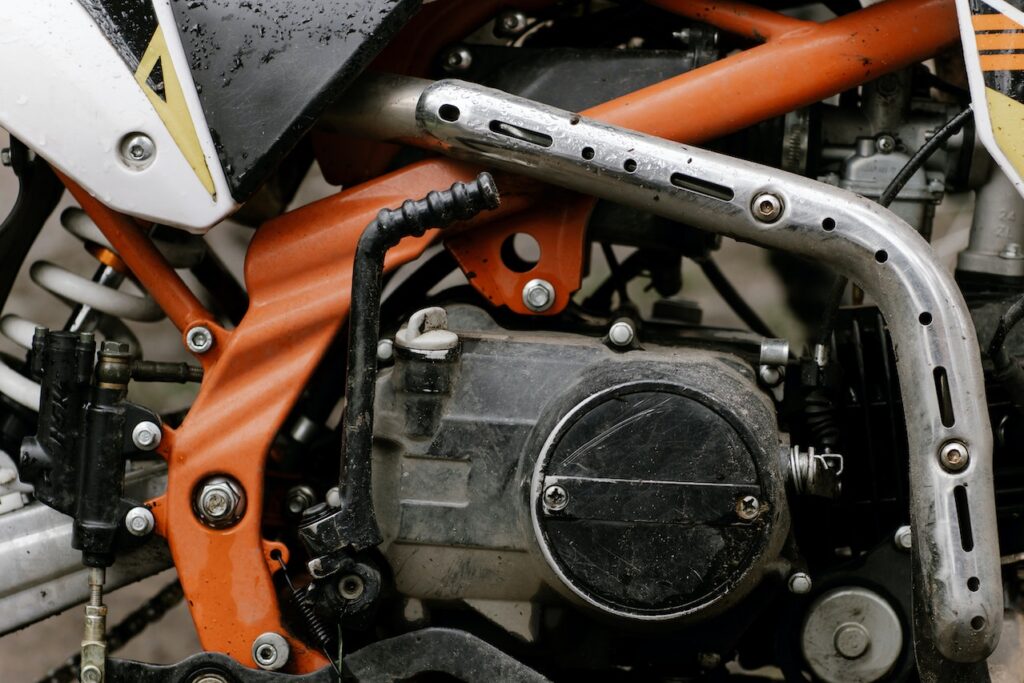
A Cold Engine
Ask the seller not to run the bike before you arrive. Checking the engine block temperature is a good practice when inspecting a used motorcycle, as it can provide some insight into the condition of the engine.
If the engine block is warm or hot to the touch, it could indicate that the seller has been running the motorcycle recently and is trying to hide a starting or running issue. On the other hand, if the engine block is cold, it suggests that the motorcycle hasn’t been running recently, and you will be able to check the bike starting from a cold engine.
That being said, checking the engine block temperature alone is insufficient to determine the motorcycle’s condition. You should still thoroughly inspect the bike and take it for a test ride to understand better how it performs. However, if there are issues with these first two points, you should consider walking away or renegotiating the asking price.
Key Reasons to Test a Used Motorcycle with a Cold Engine:
- Starting Performance: A cold engine can reveal issues with starting that might not be apparent when the engine is warm. Problems such as hard starting, excessive cranking, or unusual noises during startup can indicate underlying issues with the engine or its components.
- Leaks: Cold engine testing allows you to inspect for leaks more effectively. Fluid leaks, such as oil or coolant, are often more noticeable when the engine is cold as they haven’t had a chance to evaporate or disperse. This can help you identify potential problems with gaskets, seals, or other components.
- Compression Test: Checking compression on a cold engine can give you a more accurate assessment of the engine’s overall health. Variations in compression between cylinders or low compression levels can indicate problems like worn piston rings, cylinder wall damage, or valve issues.
- Idle Quality: Cold engine testing allows you to assess the idle quality and smoothness of the engine when it’s cold. Issues such as rough idling, misfires, or erratic behavior can be easier to detect before the engine warms up.
- Performance Checks: Testing a motorcycle with a cold engine provides an opportunity to evaluate its performance characteristics from a cold start, including throttle response, power delivery, and any abnormal noises or vibrations.
Overall, testing a used motorcycle with a cold engine gives you a more comprehensive understanding of its condition and any potential issues it may have. It’s an essential step in ensuring that you’re making a sound investment and avoiding costly repairs down the road.
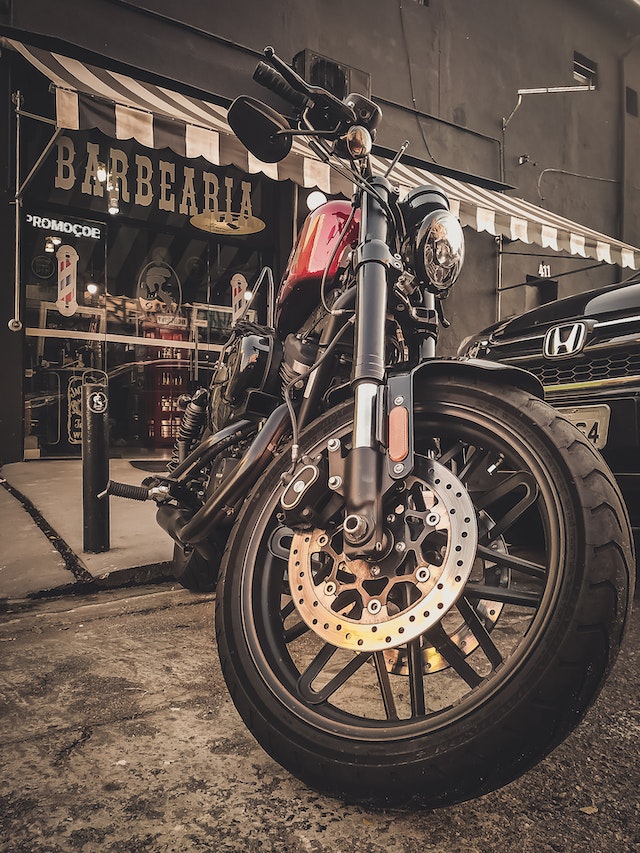
Prioritize a Pre-Purchase Inspection
Unless you or your well-meaning buddy have the required equipment and expertise, you need to inform the seller that before finalizing the purchase you want your mechanic to inspect the bike. This can help ensure that the bike is in good condition, that you are making a wise investment, and potentially save you from costly repairs.
You can explain to the seller that you want to have the bike inspected by a mechanic or other expert to ensure that it is in good working condition and that there are no hidden issues. You can also offer to split the inspection cost with the seller or pay for it yourself.
If the seller is reluctant to allow an inspection, it may be a red flag that there are issues with the bike that they do not want to be uncovered. In this case, it may be best to walk away from the sale and look for another motorcycle.
In A Nutshell:
Documents:
- Obtain a copy of the owner’s manual.
- Ensure the bike has a clear title.
- Verify the VIN numbers for the frame and engine.
- Review the seller’s driver’s license to confirm their identity.
Cold Engine:
- Request the seller not to start the bike before your arrival.
- Check the temperature of the engine block.
- A warm or hot engine block might suggest recent operation, potentially concealing starting or running issues.
Inspection Before Purchase:
- Communicate to the seller your intention to have a mechanic inspect the motorcycle before finalizing the purchase.
